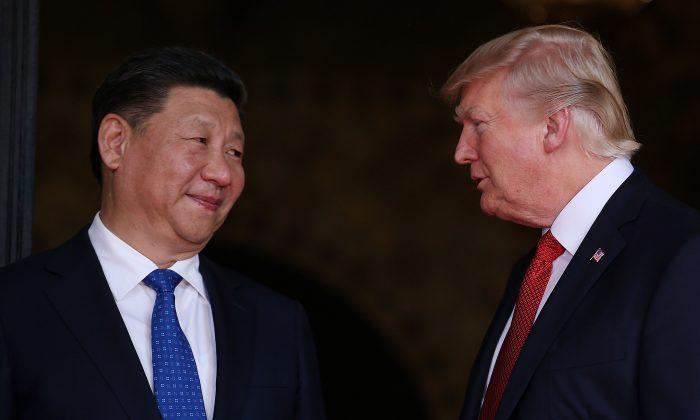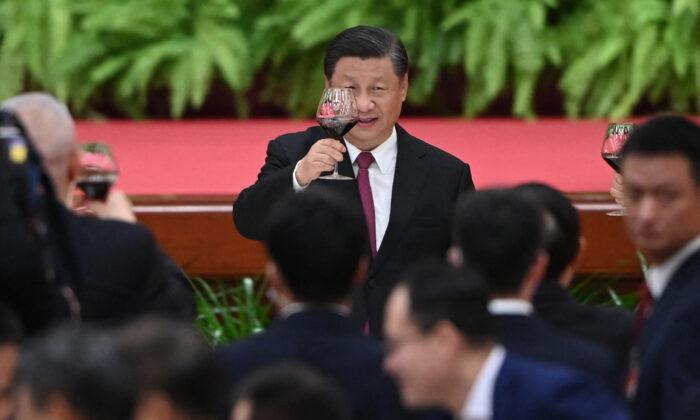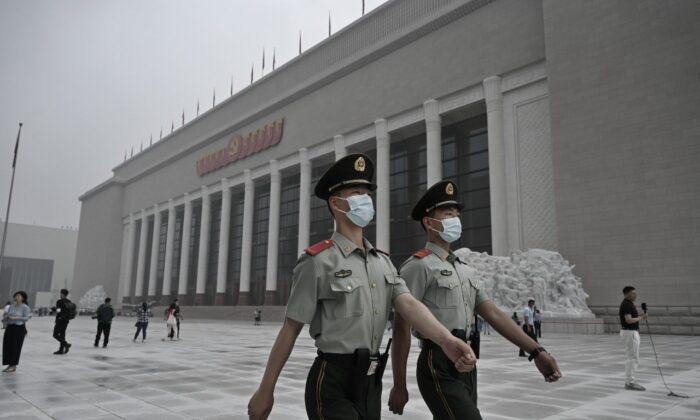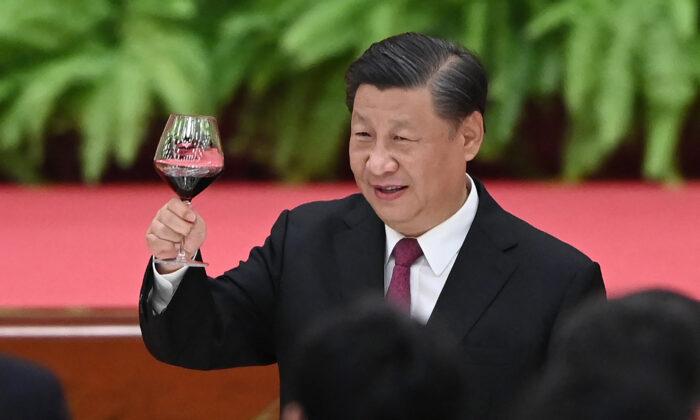In the late 14th century, Korean king Lee Seong-gye had just overthrown the Koryo Dynasty and begun his own rule. Recognizing the turnover, Chinese emperor Hongwu granted the king an auspicious name for christening the new state. The Joseon Dynasty, a name often translated as “land of the morning calm,” spent some 500 years under Chinese patronage until it was absorbed by imperial Japan in 1910.
Unlike South Korea, which styles itself as the Great Han, the Stalinist North is still called Joseon. Today more than ever, this name does not suggest a peaceful blend of Korean culture and Confucian order, but Orwellian dystopia and nuclear blackmail. North Korea detonated its latest nuclear bomb last September, then followed up with a menacing series of ballistic missile test launches.
And in a far cry from its past suzerainty, the North Korea of today cynically exploits its shared communist heritage with Beijing. Support for Pyongyang comes from an ideological angle, subverting policy that would rein in the Kim regime, say experts and inside sources.
But after some 20 years of back-and-forth coercion and appeasement, recent developments may compel presiding Chinese leader Xi Jinping to make a move.
In response to the North Korean crisis, President Donald Trump has on multiple occasions voiced his displeasure with Beijing’s inaction. Secretary of State Rex Tillerson, speaking about Pyongyang’s provocatively timed missile test that coincided with the Mar-a-Lago bilateral talks between Trump and Xi, indicated that the United States would “chart its own course,” with the understanding that China may be hard-pressed to control its impoverished ally.
As if to drive that point home, on April 6 the president ordered U.S. forces to fire 59 Tomahawk missiles on a Syrian airbase, after reports that the Assad regime had gassed civilian children in its war against entrenched rebels.
On April 7, the Mar-a-Lago summit—the first face-to-face meeting between the current Chinese and American leaders—ended with vague but strong confirmation of diplomatic success. Declaring that “tremendous progress” had been made, Trump seemed confident that “lots of very potentially bad problems will be going away.”
For his part, Xi Jinping expressed “one hundred percent” agreement. The fact that both sides could walk away apparently satisfied, despite longstanding sore points like the Sino–American trade imbalance, the militarization of the South China Sea, and China’s human rights violations suggests more than empty rhetoric.
“China will either decide to help us with North Korea or they won’t,” Trump told the Financial Times before the summit. “If they do, that will be very good for China, and if they don’t, it won’t be good for anyone.”
Meanwhile, reaction by China’s foreign ministry to the Syria airstrike has been one of understanding. Have Washington and Beijing met each other halfway? Keeping an eye on Korea may offer guidance.





Friends Read Free